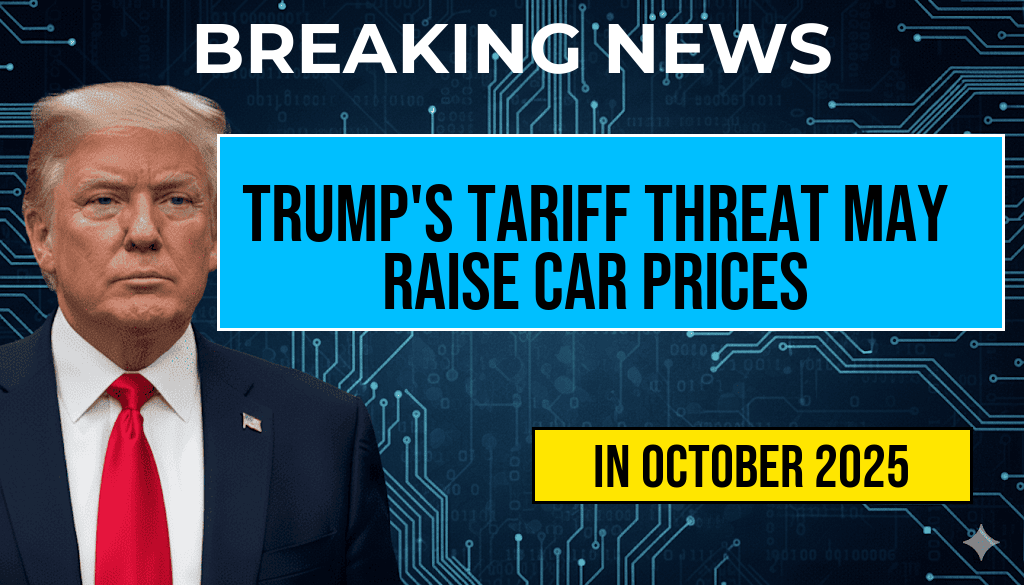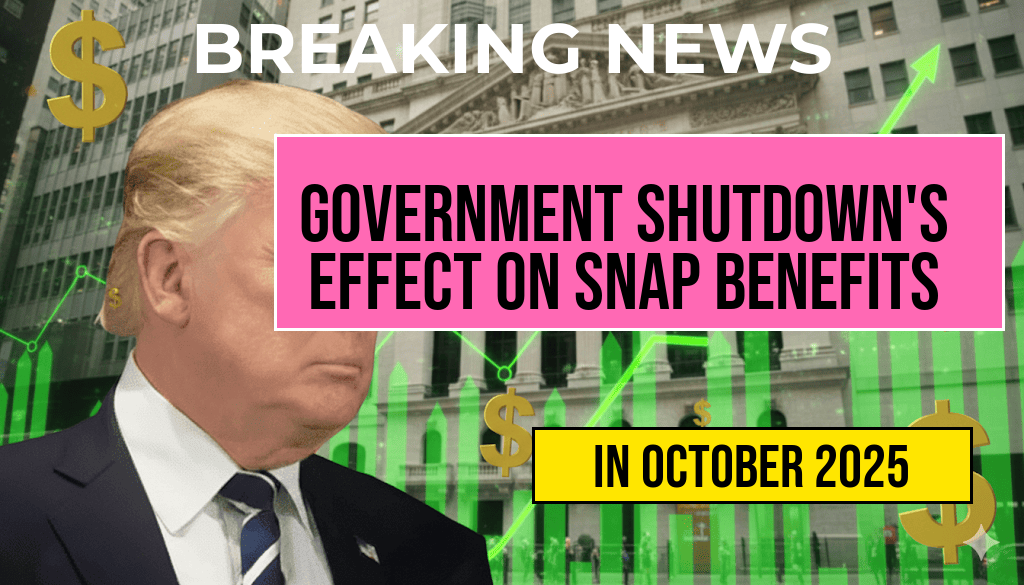The potential for a government shutdown raises significant concerns for millions of Americans reliant on the Supplemental Nutrition Assistance Program (SNAP) and food stamp programs. As Congress debates budget issues, the looming uncertainty threatens to disrupt essential food assistance services. SNAP, which provides nutrition support to low-income individuals and families, could face delays in benefit distribution and funding if a shutdown occurs. This situation is particularly alarming considering that approximately 42 million Americans depend on SNAP to meet their daily nutritional needs. With many families already struggling with rising food prices, any disruption in federal assistance could exacerbate food insecurity across the nation.
Status of SNAP Benefits During a Government Shutdown
In the event of a government shutdown, SNAP benefits may initially continue to be distributed. The program is designed to operate through pre-allocated funding, which means that benefits already approved for distribution may not be immediately affected. However, the impact of a prolonged shutdown raises serious questions regarding future funding and the ability to process new applications.
Immediate Effects on Food Assistance Programs
- Benefit Distribution Delays: While current beneficiaries may receive their allotments, new applicants may experience significant delays in processing.
- Administrative Challenges: A government shutdown often leads to furloughs of federal employees, which can hinder the ability of state agencies to administer SNAP effectively.
- Food Security Risks: Many families rely on timely SNAP benefits to purchase groceries. Any interruption can lead to increased food insecurity.
Funding and Legislative Implications
The funding for SNAP comes from annual appropriations from Congress. During a government shutdown, legislative negotiations often stall, impacting the program’s financial stability. The uncertainty surrounding future funding can lead to anxiety among beneficiaries who depend on timely assistance.
Potential Long-term Consequences
If the shutdown persists, the consequences could extend beyond immediate benefits. Experts warn that prolonged disruptions to SNAP could lead to lasting impacts on nutrition and health outcomes for vulnerable populations. Children, the elderly, and individuals with disabilities are particularly at risk, as they often rely heavily on SNAP for access to nutritious food.
State-Level Responses to Federal Uncertainty
States may implement contingency plans to mitigate the effects of a federal shutdown on SNAP beneficiaries. Some states have previously opted to use state funds to cover SNAP benefits temporarily. However, this is not a sustainable solution, as state resources are also limited by their own budget constraints.
Examples of State Actions
| State | Action Taken | Notes |
|---|---|---|
| California | Utilized state funds to cover SNAP benefits | Short-term solution during previous shutdowns |
| Texas | Increased outreach to help families apply | Focus on ensuring families access available resources |
| New York | Prepared to expedite applications | Streamlined processes to alleviate delays |
Looking Ahead: Navigating the Uncertainty
As the possibility of a government shutdown remains on the table, advocacy groups are urging Congress to prioritize funding for SNAP and other food assistance programs. Many organizations emphasize the critical role that SNAP plays in maintaining food security and supporting public health.
Advocacy and Public Awareness
Community organizations and food banks are ramping up efforts to raise awareness about the potential impact of a shutdown on food assistance programs. They are also preparing to support families who may find themselves in dire situations if SNAP benefits are interrupted. Additionally, public pressure on lawmakers could influence decisions regarding budget negotiations and funding priorities.
For more information on SNAP and food assistance programs, visit the USDA Food and Nutrition Service and Center on Budget and Policy Priorities.
Frequently Asked Questions
What happens to SNAP benefits during a government shutdown?
During a government shutdown, SNAP benefits may continue to be funded for a limited time, but delays in processing applications or renewals could occur. The availability of funds depends on the length of the shutdown and whether temporary appropriations are passed.
Will food stamp programs be affected by a government shutdown?
Yes, food stamp programs can be impacted by a government shutdown. While current recipients may receive their benefits, new applicants may experience delays, and the processing of benefits could slow down significantly.
How can individuals find out if their SNAP benefits are affected?
Individuals can check the status of their SNAP benefits by contacting their local food stamp office or visiting the official state website for updates regarding service availability during a government shutdown.
Are there any contingency plans for SNAP during a shutdown?
Yes, some states have contingency plans that may allow them to continue providing SNAP benefits using state funds. However, these plans can vary by state and may not cover all aspects of the program.
What should families do if they rely on food stamp programs during a shutdown?
Families relying on food stamp programs should plan ahead by budgeting their resources, exploring local food banks, and staying informed about potential changes to their benefits during a government shutdown.











